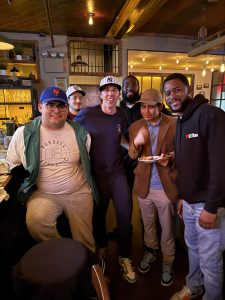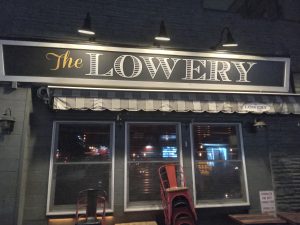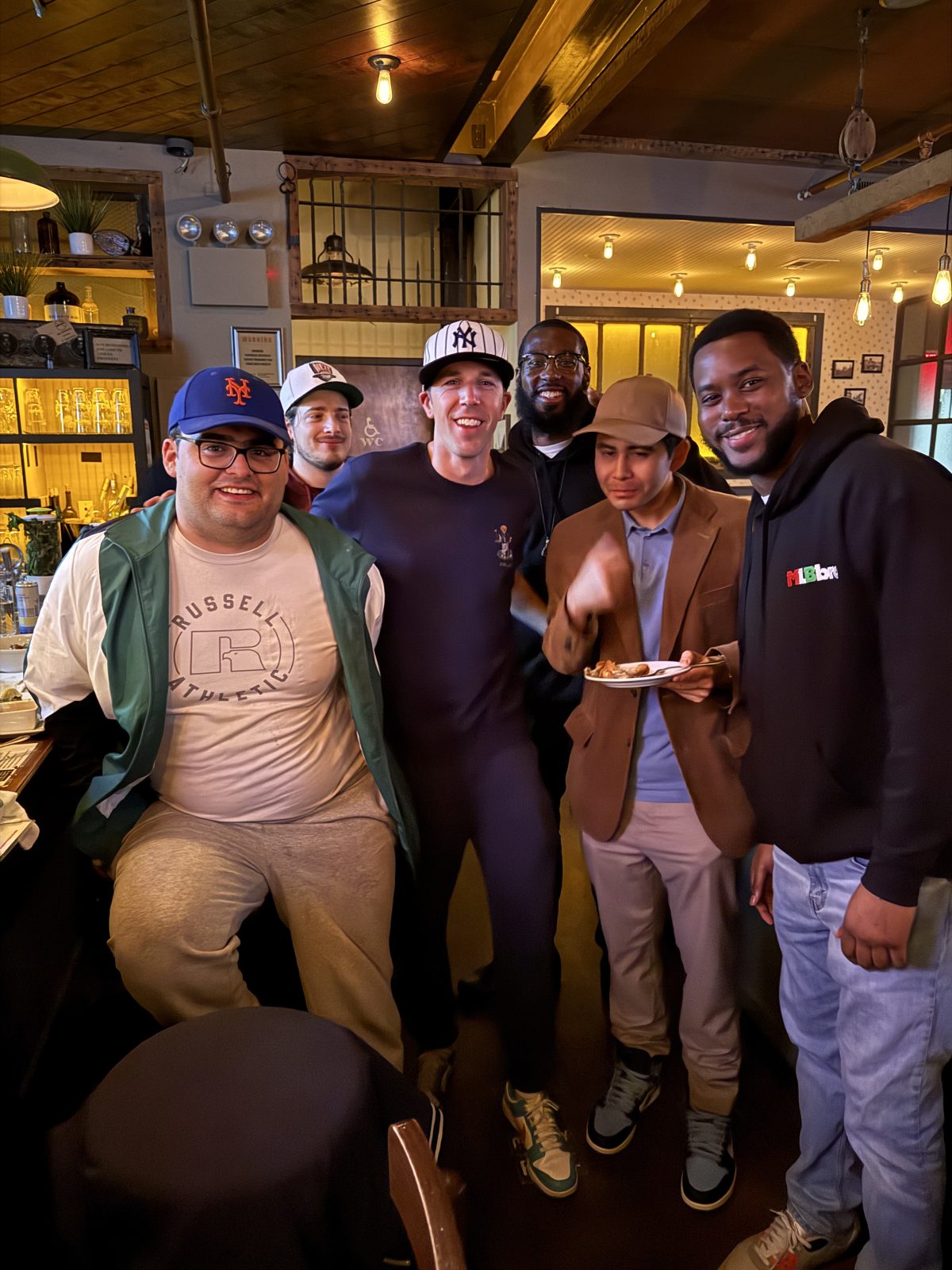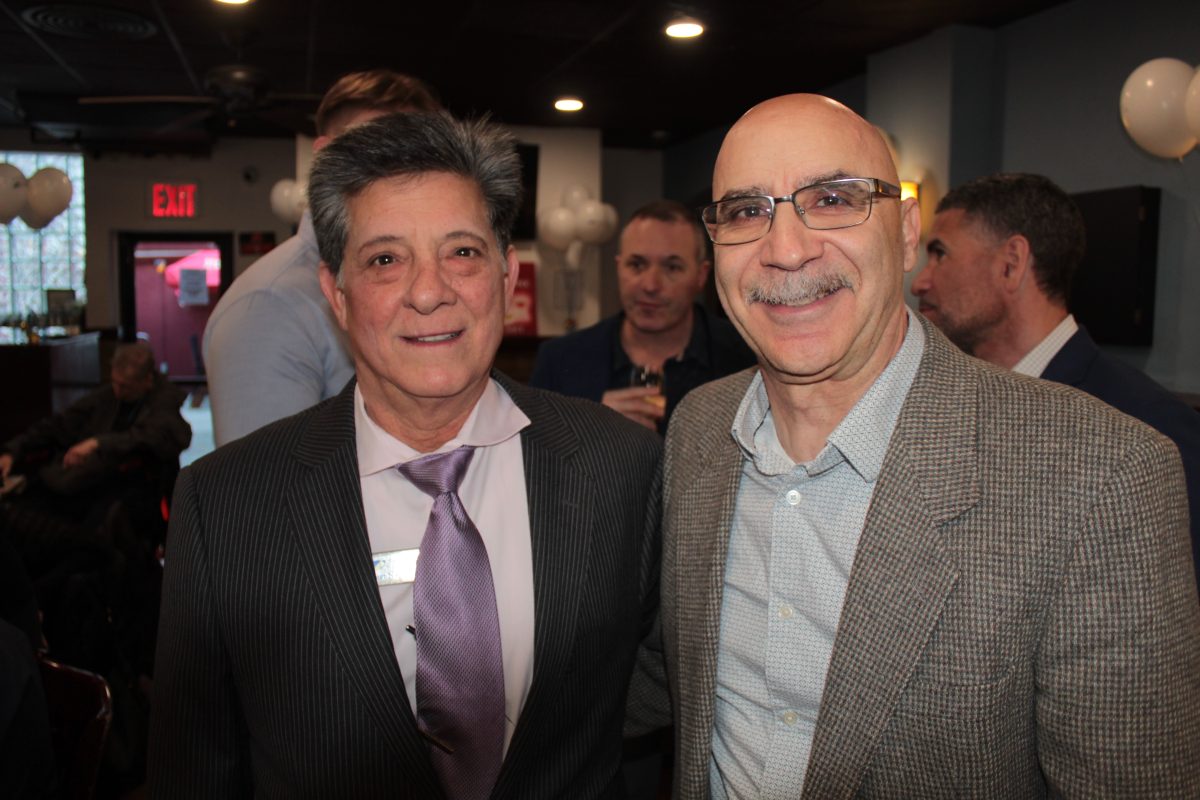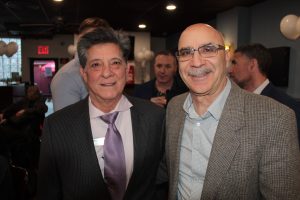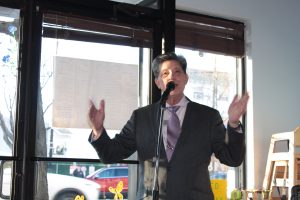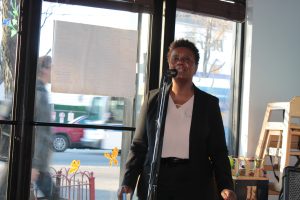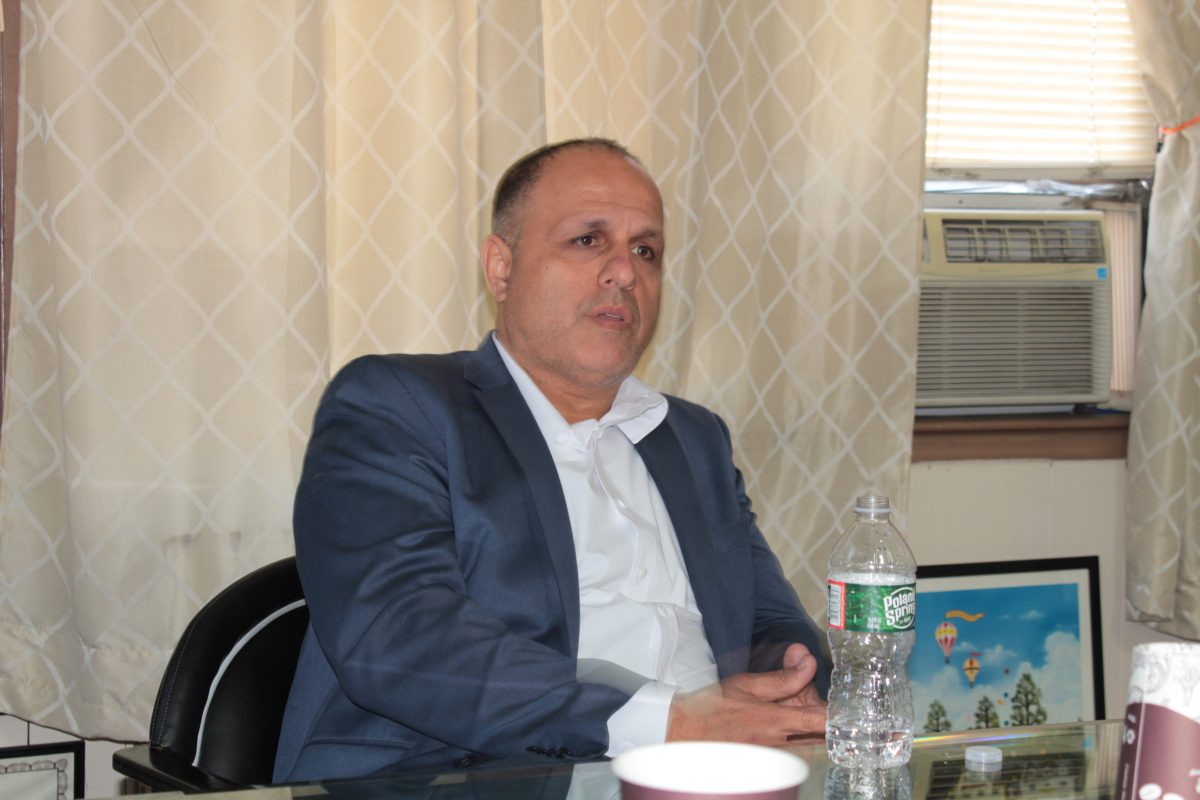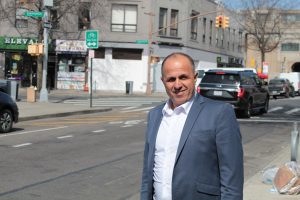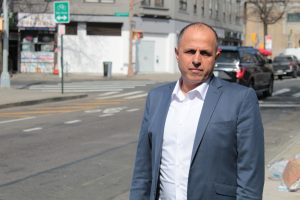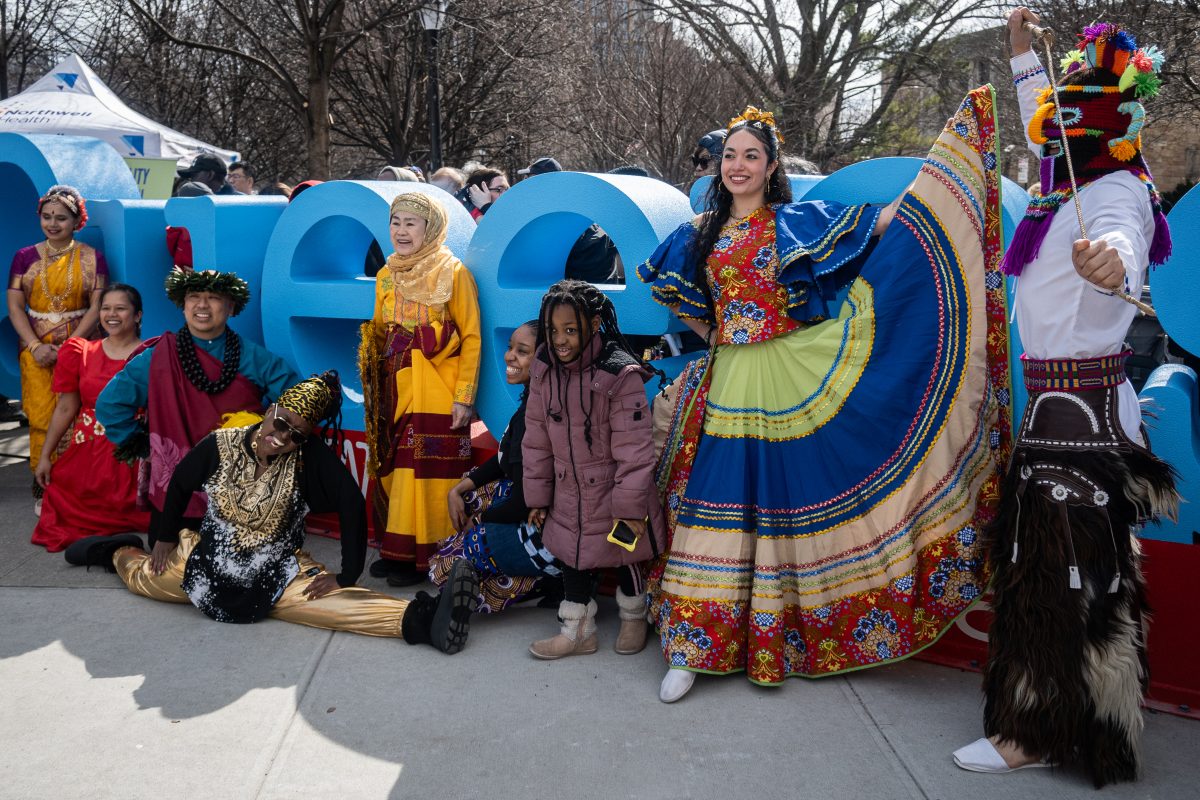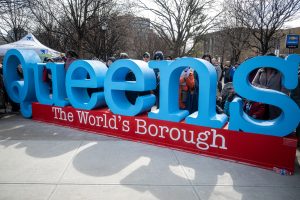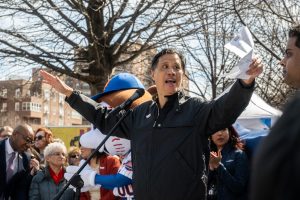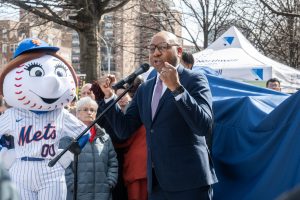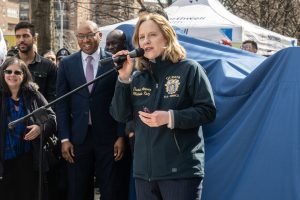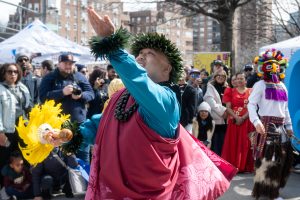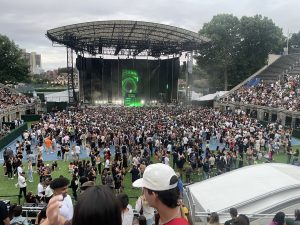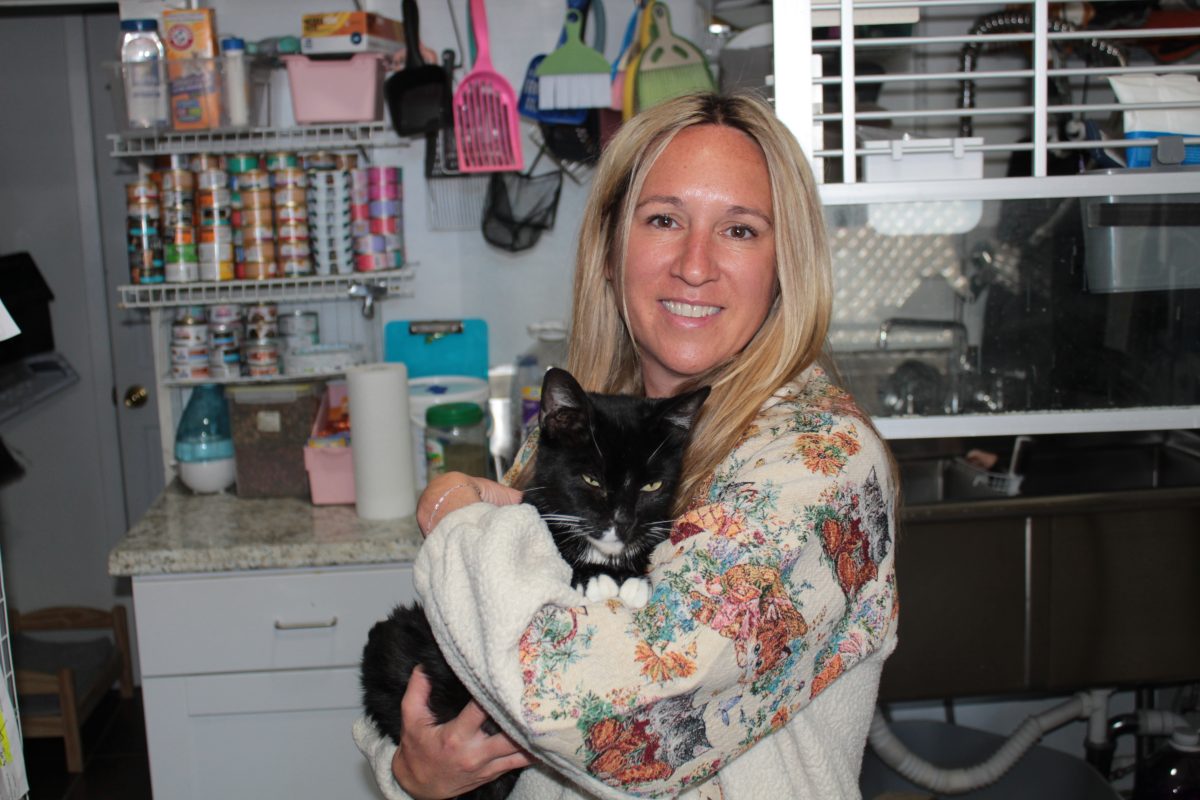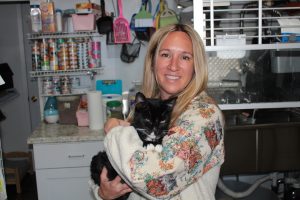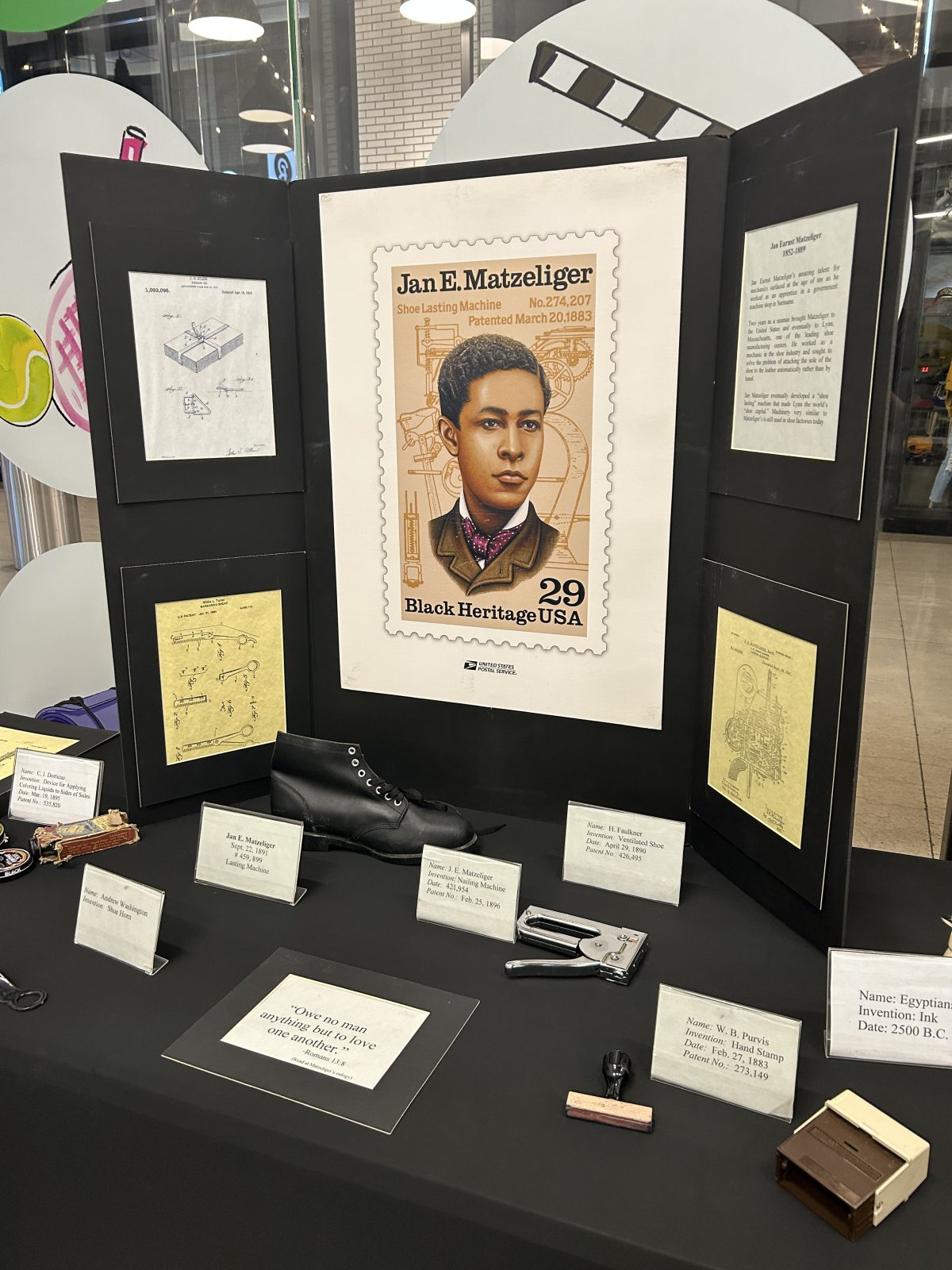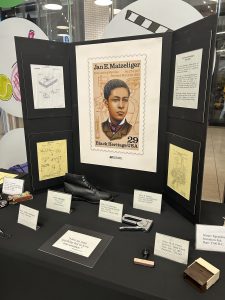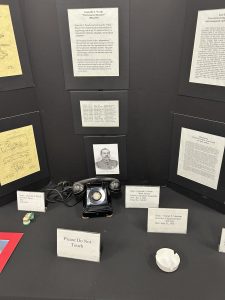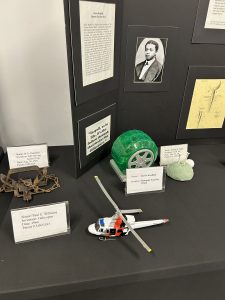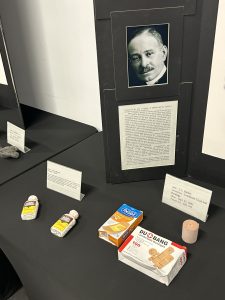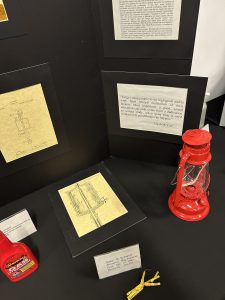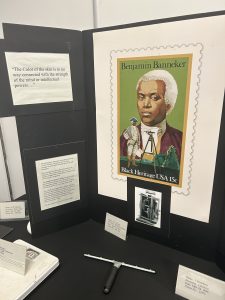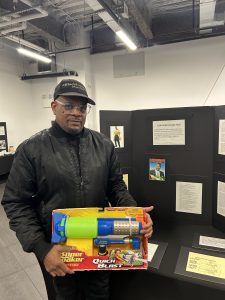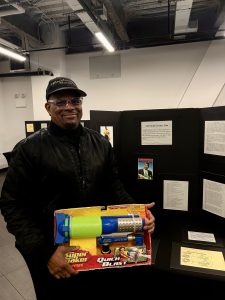
By MOHAMED FARGHALY
mfarghaly@queensledger.com
A rally was held on April 2 to protest the proposed installation of a lithium-ion battery storage system in Middle Village, located at 64-30 69th Place, directly across from PS/IS 128. The proposed project, which has sparked community outrage, would position the large-scale energy storage system in a residential area already home to a daycare center, an animal hospital, and a children’s play center—raising serious concerns about safety and the well-being of the community.
The rally, organized by Council Member Robert Holden, drew a crowd of concerned residents, political figures, and local parents who voiced their fears about the safety and environmental impact of the facility in such a densely populated area. Holden emphasized the potential dangers posed by the facility, particularly for the nearby schools.
“We go around here, and we see who are the most affected, the children that go here, the parents of the children, the homeowners who live close to this facility,” Holden said. “We’re not going to take this lying down, we have to fight back. They are always shoving these kind of places at us, but this is now very, very dangerous.”
Republican mayoral candidate Curtis Sliwa, who also attended the rally, criticized the siting of such facilities in residential areas, urging officials to consider industrial zones for energy storage systems instead.
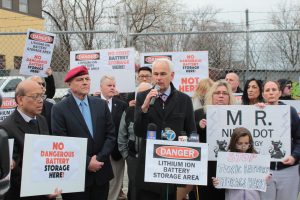
“You say to yourself, why would you be putting such dangerous facilities in residential areas,” Sliwa said. “So, I’ve been the Paul Revere on this only because I spent time in Staten Island, where it first became very obvious, eight locations alone, North Shore, mid Island, South Shore. But it doesn’t mean that people are opposed to green energy or lithium-ion batteries or the warehouse, they just need to be in industrial areas. And it’s a Democratic issue, and it’s a Republican issue.”
Sliwa’s remarks echoed concerns about the city’s energy infrastructure. He blamed former Governor Andrew Cuomo’s decision to close the Indian Point nuclear plant, which once provided a third of the region’s power, as a key reason for the city’s reliance on alternative energy storage solutions. The issue has ignited concern across multiple neighborhoods. Sliwa pointed to locations in Staten Island, Brooklyn, and now Queens where similar facilities are being proposed, citing a growing trend of placing these sites in areas with higher residential density.
The debate over lithium-ion battery storage has become a flashpoint for broader discussions about the balance between green energy initiatives and community safety. While proponents argue that the facilities are necessary to stabilize the grid and store renewable energy, opponents contend that the risks of storing such volatile materials in residential areas outweigh the benefits.
The rally also featured a speech from Donald Cranston, a representative from Assemblywoman Jaime Williams’ office. Cranston highlighted the health risks associated with lithium-ion batteries, including the release of toxic metals such as cobalt.
“On a personal note, I have a brother who died from 911 illness in 2019 he was 48 years old,” Cranston said. “These batteries emit cobalt, high metals. They’re toxic. What are we going to do when we find out 10 years from now, what the effects are on the children to go to school here?”
Cranston added that Assemblywoman Williams had introduced a bill (A6955) aimed at restricting the placement of battery storage facilities near schools and residential areas. The bill would require a 1,000-foot buffer zone between such facilities and schools, homes, or commercial properties that people frequent.

Eight-year-old Paula, a third-grade student at PS/IS 128, got a chance to expresse her concerns during the rally.
“I’m in the third grade and I love this school, and I really hope there’s not gonna be a power facility here,” she said. “It’s harmful to our community, it’s harmful to our classmates, the students, the teachers, the parents and even for the houses across the street.”
In response to the backlash, Holden vowed to continue pursuing legal action to halt the facility’s construction. “Right across the street over a thousand kids attend, who in their right mind would want to put this kind of facility next to a school?”
Holden then went on to initiate a chant, to further emphasize the community’s opposition to the proposed facility:
“No storage facility here, protect our children!”
At the rally, Paul Pogozelski, a candidate for city council, expressed concerns about the proposed lithium-ion battery storage facility, suggesting that the $2.25 million property in question may have been bought with prior knowledge of the facility’s plans.
“Maybe we can find a better location for it, where it’s in a little more industrial area,” Pogozelski said. “That in case of an incident that you’re not having to evacuate kids from school, veterinarian clinics and local residents, because it’s right across the street from them.”
Pogozelski questioned how the facility would handle emergencies like fires, especially in such a densely populated area, highlighting the potential risks for local residents, schools, and businesses. While acknowledging the need for solutions to issues like brownouts and blackouts, he argued that a more appropriate location in an industrial area would be safer and less disruptive.
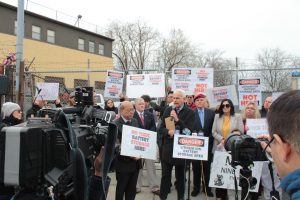
The FDNY report, issued on January 8, highlights significant progress in reducing lithium-ion battery-related fires and fatalities in New York City, following ongoing efforts to address the growing safety concerns associated with these batteries.
The report highlights a significant 67% decrease in lithium-ion battery-related deaths, from 18 in 2023 to 6 in 2024. This reduction is attributed to improved public education, safety campaigns, and increased inspections of e-bike shops, which led to numerous violations being issued. Despite this progress, the number of lithium-ion battery fires remained high, with 277 incidents in 2024 compared to 268 in 2023. However, the increase in outdoor fires suggests that public awareness about proper storage and charging is improving. Overall fire fatalities in the city decreased by 25%, with electrical fires, including those caused by lithium-ion batteries, identified as the leading cause.
